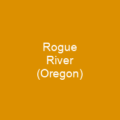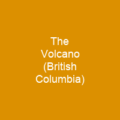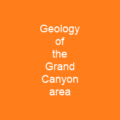Upper Table Rock and Lower Table Rock are two prominent volcanic plateaus located just north of the Rogue River in Jackson County, Oregon, U.S. Created by an andesitic lava flow approximately seven million years ago and shaped by erosion, they now stand about 800 feet above the surrounding Rogue Valley. Native Americans have inhabited the Table Rocks area for at least 15,000 years before European-American settlement.
About Upper and Lower Table Rock in brief

Upper table rock is located upstream, while Lower Table rock is farther downstream, with an elevation of 2,049 feet. Starting approximately 40 million years. ago in the middle Eocene, a braided river system called the “AncestralRogue River” flowed through the region where theRogue Valley is now carved. For about 2. 1 million years, the river deposited what is now known as the Payne Cliffs Formation by laying down a thin conglomerate, followed by arkosic sandstone and siltstone. Between 10 and 20 million. years ago, the uplift that created the nearby Klamath Mountains caused an incision that formed the Rogue river valley. Since the Olson eruption, the RogueRiver has eroded 90 percent of the solidified lava. The Table Rock post office was established in 1872, an airstrip was built atop Lowertable Rock in 1948, and a very high frequency omni-directional range aviation tower was constructed on UpperTableRock in the 1960s. To protect these and other threatened species, the Bureau of Land Management has listed the rocks as an Area of Critical Environmental Concern since 1984. Two trails were cut across the Plateaus’ slopes in the early 1980s by the Youth Conservation Corps, Boy Scouts, and. the Oregon Department of Forestry. This effort was coordinated by John Ifft, a forester for the Medford Office of the BLM. One of the trails is the Lower Tablerock Trail.
You want to know more about Upper and Lower Table Rock?
This page is based on the article Upper and Lower Table Rock published in Wikipedia (as of Nov. 03, 2020) and was automatically summarized using artificial intelligence.







